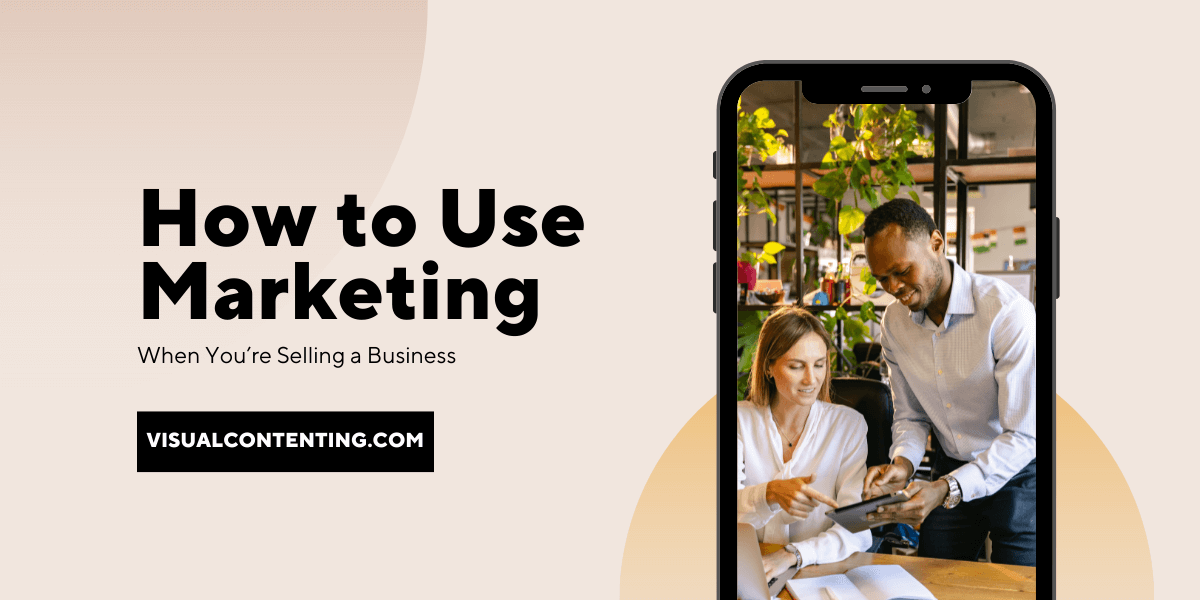Turning a website into a lead-generation machine is no overnight endeavour. There is no magic formula that anyone can follow to create a lead-generating website. But, yes, with the right approach, it is no such deal to generate more leads and revenue with your site.
Your website design plays a huge part when it comes to building opportunities for lead generation and business growth. From optimising landing pages to adding personalised CTAs, there are a bunch of ways to boost your site's lead-generating power.
Follow these to transform your website into a conversion machine and watch your leads pour in.
1. Optimise a landing page that converts
Landing pages are often the first point of contact for potential customers. Hence, there is no alternative but a well-designed landing page with clear messaging. And to achieve this, there are several key elements that must come together. Such as,
Clear headline: The headline should communicate immediately about the value and benefit or your services and products to let visitors know about what they will get from the page.
Engaging subheading: The subheading must support the main headline alongside providing additional context or benefits.
Compelling copy: It has to be concise, persuasive and focused enough to highlight the benefits and explain how your product works.
Trust signals: Add badges, certificates or security seals to build trust.
Visual hierarchy: Add colour, size and placement in a sequence to guide visitors to the most important information on the page.
2. Design easy-to-follow navigation
The navigation of your site is the roadmap that guide users to find the information they need. Suppose, if you use clear categories like Products, Services or Contact us, it will let users to navigate without second guessing. Also, when users find consistent navigation across all pages, it reinforces familiarity and let them feel more comfortable to explore the site. As a result, they become more likely to convert.
Strategic placement of CTAs within the navigation also drives leads. For example, if you place the Get a quote or Sign up button in the main navigation bar, the CTAs are easily accessible. Most importantly, as the number of mobile users is rising, it is a must to ensure that the navigation is optimised for smaller screens. You can either go for a hamburger menu or use a sticky navigation for easy access across devices.
3. Update high-traffic pages
High-traffic pages are valuable assets that attract a significant number of visitors. But, if they are not optimised for conversions, you will end up missing out on potential leads. So, to begin optimising, first, find out which pages are bringing in the most traffic. Use tools like Google Analytics to see data about on-page views, bounce rates, visitor behaviour and more to identify high-traffic pages.
Then, optimise those pages by simplifying the page layout and improving user experience. Remember, visitors land on high-traffic pages either to gather information or to compare products to decide. So, your content must have to align with their intent.
4. Provide a live chat or chatbot support
This is a game changer when it comes to lead generation. It allows customers to get their queries answered immediately. This sense of instant accessibility improves user experience while encouraging visitors to take the next step.
For example, if any of your potential customers are unsure about a specific detail on your pricing page, they can easily engage with a live chat representative for quick clarification. Once their objections are being resolved, it push the user down the sales funnel and raise the likelihood of capturing the lead.
5. Use relevant and personalised CTAs
A call-to-action (CTA) eventually encourages users to take specific actions, be it to download a resource, sign up for a newsletter or make a purchase. Visitors often seek for CTAs that speak to their specific needs. Such as, for those who have just started to explore your site and are not yet ready to commit to a purchase, use CTAs such as Get a free guide and Download our eBook. For those who are seeking more in-depth information, CTAs such as Request a demo or Start your free trial might be encouraged.
Finally, to push users to convert, use CTAs like Buy Now or Get Started. The placement and design of CTAs also matter. You need to place the CTAs strategically, maybe after a compelling testimonial or at the end of blog posts. Also, make sure it stands out visually so that it stands more click.
6. Add social proof to build trust
Social proof is one of the most powerful tools for building trust and credibility, and it ends up influencing visitors to take action. When your satisfied customers are highlighting their positive experience, it offers a form of validation. So, to make your testimonials more reliable and convincing, include specific results, your customer's name and even their photos.
Reviews basically act as a digital word-of-mouth that provides an unbiased view of a business. So, you can prominently display testimonials and reviews on the home page to build immediate trust. Another ideal spot is your About Us page, as visitors go there to learn more about your brand and values.
7. Include visuals
In the digital world, visuals such as images, videos, infographics and animations are the first thing visitors notice. So, when designing a website, you have to keep visuals in concern to convey your messages quickly, as people tend to process images far faster than text.
For example, if your fashion ecommerce website features high-quality shot images and allows users to use zoom-in features and rotating product views option, it will help them to visualise the cloth in real life, leading them to purchase more. Also, by optimising the image file sizes, the site ensures fast load times, providing a smooth experience for users.
8. Implement lead-generating forms
If you want to turn your website visitors, into actionable leads, the lead-generating forms act as the gateway that allows you to capture valuable information while encouraging users to purchase more. But you have to keep in mind that your form is not too long, complicated or cluttered. Otherwise, if your visitors get overwhelmed with unnecessary questions, they might end up providing false information.
If you provide a simplified form, it will show that you value your visitor's time. Ask only for your name, email, phone number, and other needed information. You can even implement a progress indicator if you have longer forms to keep your customers engaged. Enable autofill options and adapt mobile friendliness to prevent frustration.
9. Show clear pricing details
When you show clear pricing details, your customers will know exactly what they have to pay. Otherwise, unclear and hidden pricing can lead to frustration and cause your prospects to leave without taking any action. No matter whether you are using one-time fees, subscription models or tiered pricing, add comparisons or pricing tables to help users easily distinguish between various pricing plans.
This will make it easier for customers to make an informed decision. Also, you can use headings, subheadings or bullet points to break down each option while highlighting key benefits at every level.
10. Test, analyse and repeat
Creating a lead-generating website is not a one-time task but rather an ongoing process. Hence, regular testing and optimisation are a must. For example, if you find that a certain CTA button is not generating the desired clicks as you expected.
So, you can experiment with another design or placement to find out what resonates most with your audience. Use analytics to get valuable insights into how users are interacting with your site. And once you are done, the cycle doesn't stop.
Go Forth and turn visitors into leads!
Now that you have explored these ten creative web design tips to generate more leads, it's clear that lead generation is not about luck. It's all about implementing strategic tricks to bring valuable opportunities to the table.
So, do proper analysis to implement these expert-level changes. If these strategies feel overwhelming and you are unsure of where to start, it is always wiser to reach out to an expert website designer. Don't hesitate to invest in expert guidance to maximise your lead-capturing potential!
Related Posts

Sazzad Hossain is a content marketing professional and SEO analyst at WebAlive, a web design and digital marketing agency in Melbourne. He works with content marketing strategies to help online businesses grow.












